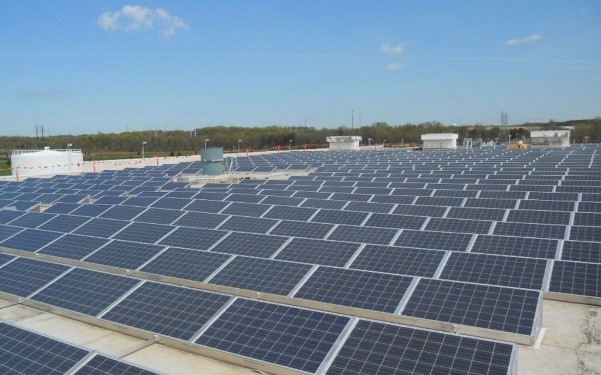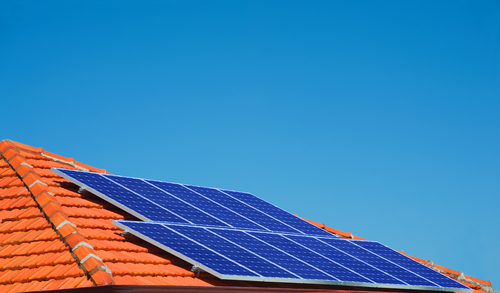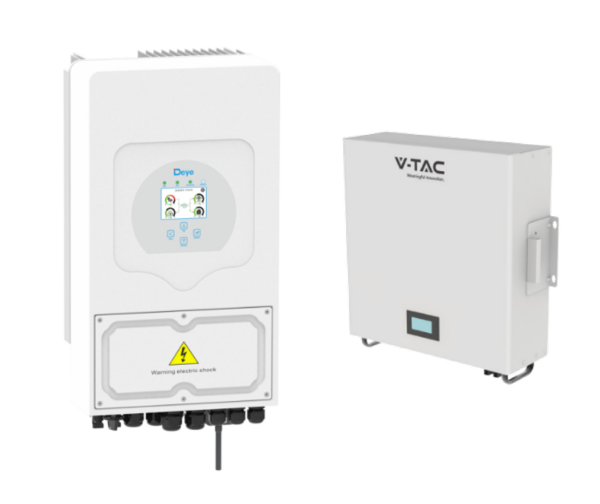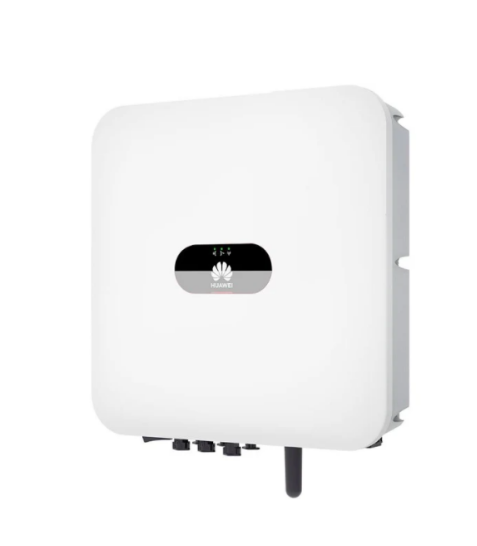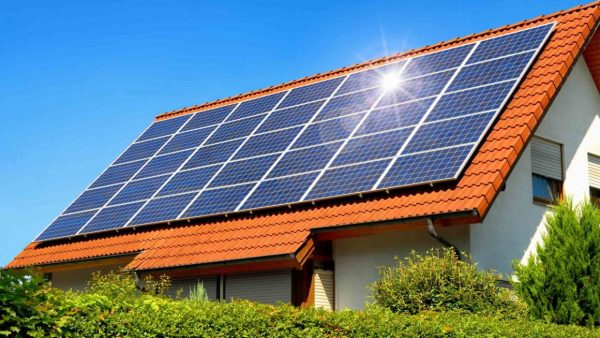Quick answer: Why orientation and tilt matter? In photovoltaics, the orientation (azimuth) and tilt determine how much plane-of-array irradiance the solar panel captures throughout the day and year. These two parameters directly affect annual energy output (kWh). Accurate design translates into more hours near peak power and a faster return on investment. Conversely, incorrect orientation […]
Do you want solar energy in your home? Learn how to install solar panels yourself
Installing solar panels in single-family homes has become one of the most effective solutions to reduce energy consumption and embrace a renewable and sustainable source. In this step-by-step guide, we explain everything you need to know to install solar panels in your home, from initial planning to system commissioning. Step 1: Energy Consumption AssessmentBefore installing […]
The Power of Your Solar Panels: Key Points for an Efficient Installation
The power of a solar panel is one of the key factors when sizing a photovoltaic system. In this article, we explain what solar panel power means, how it is measured, the different types available, and, most importantly, how to calculate how much power you need based on your energy consumption. What is the power […]
Compatibility DEYE Inverters with V TAC lithium batteries
Deye hybrid inverters stand out for their ability to work with a wide variety of batteries, making them a versatile and attractive option for both residential and commercial PV installations. In particular, Deye residential solar inverters are compatible with 48V batteries, also known as low voltage batteries. This capability allows them to be easily integrated […]
Why choose Huawei L1 series? Comparison with other solar inverters
In the world of solar inverters, competition is fierce. Manufacturers such as SMA, Fronius, GoodWe and Huawei are competing to offer advanced and efficient technological solutions. Among these options, Huawei’s L1 series stands out as one of the most innovative. But what makes these L1 inverters so special and how do they compare to similar […]
Can solar panels of different brands be combined in the same installation?
Mixing solar panels of different brands is possible, but there are some important considerations to take into account before doing so: Electrical compatibility: It is important that the solar panels being considered for connection have compatible electrical characteristics. This includes power rating (in watts), current and operating voltage. By combining panels with different specifications, it […]
ANALYSIS OF THREE 500W SOLAR PANELS: CANADIAN/LONGI/TRINA
In this post we will analyse the characteristics of a 500W solar panel from three major brands in the photovoltaic panel sector: Canadian Solar, Trina Solar and Longi.Their differences will be reviewed, noting the advantages and disadvantages of each one. The models to be studied are: First, we compare the electrical data of each solar […]
TOPCon or N-Type TECHNOLOGY
As we already know, a solar panel is made from the chemical silicon with a purity of 99.9%. This silicon is melted into a mono-crystalline or polycrystalline ingot depending on the speed of the crystallisation process. Monocrystalline ingots have a higher yield as a result of a slower and more controlled crystallisation process. Once the […]
SAJ inverters
The innovative inverter brand SAJ is finding ways to reduce non-renewable energy consumption and costs by implementing technologies to improve efficiency. This will make the ways and conditions for obtaining electricity easier in the future. New technologies and the latest work aim to make hybrid inverters affordable and their lifetime even longer. This is reflected […]

